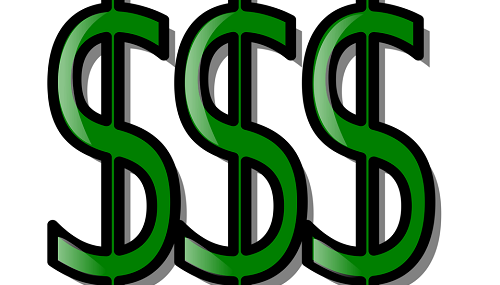
By Roger J Kerr

As the year draws to a close the Kiwi dollar remains stuck in its new trading range between 0.6800 and 0.6950.
There has not been sufficient adverse or positive economic/financial market news to push the NZ dollar out of that trading range.
There have been several attempts to test the downside support at 0.6800, however each time the NZD/USD rate does find buying interest and bounces back up again for whatever reason.
It is very clear that the speculative part of the NZ dollar FX market are not prepared to take on new positions and sell the NZD down aggressively below 0.6800.
The open NZ dollar positions on the Chicago futures exchange are still near to 20,000 “short-sold” and the failure of the Kiwi to depreciate further below 0.6800 will be forcing those position holders to unwind their short positions before the end of the year.
History tells us that the Kiwi dollar generally appreciates from this buying back of short-sold positions.
On the other hand, there has yet to be any positive reasons to buy the Kiwi dollar at this time.
Despite the very strong NZ economic fundamentals of the Terms of Trade Index (export prices over import prices) being at 40-year highs, both the international and local FX markets that trade the Kiwi dollar continue to have lingering doubts and concerns of what the proposed policy changes from the new Coalition Government will mean for the economy going forward.
The plummet in business confidence during November confirms those risk concerns.
However, it is instructive that the NZD/USD exchange rate has not really depreciated on that message from the local business community that they see darker clouds ahead.
It appears that the offshore players in the Kiwi dollar are taking more of a “wait and see” attitude to what the new government means for the performance of the economy and are not knee-jerking with a negative reaction.
There is another ANZ monthly survey of business confidence due out next week before Christmas and it will be interesting to see if there is some moderation to the initial very negative reaction.
The Kiwi dollar has certainly outperformed its trans-Tasman cousin the Aussie dollar over recent times.
The AUD/USD exchange rate dropped to 0.7500 from 0.7600 late last week as forex traders observed that US short-term interest rates are about to be increased to near the 1.50% level of Aussie interest rates.
The NZD/USD rate did not follow the AUD/USD rate lower, remaining at the 0.6850 area.
As a consequence, the NZD/AUD cross-rate has lifted to 0.9100 and may move higher still if there is unwinding of short-sold Kiwi positions over the next two weeks. Both the interest rate differentials and commodity price differentials between Australia and New Zealand point to a NZD/AUD cross-rate in the 0.9200 region.
New Zealand GDP growth numbers for the September quarter are due for release on 21 December, really too late ahead of the Christmas slowdown in FX markets to have an influence on the NZ dollar direction.
The new Government will be providing their half-year economic and fiscal update this week on 14 December.
The FX markets will be focusing on the GDP growth forecast that Treasury produce for 2018 and 2019.
Growth forecasts near to 3.00% may provide some reassurance to the markets that the NZ economy is not falling into a hole.
The only real concern on the economic outlook currently would be the negative impact of a severe summer drought on agricultural production.
Dairy commodity prices appear to have stabilised of late and further reductions are not expected. Further weakness in the NZ dollar from falling dairy prices is not expected in early 2018. Indeed, the opposite seems more likely.
The US dollar itself has also stabilised towards the end of the year (after weakening for a good part of 2017 as President Trump disappointed with the lack of policy change) as US interest rates are increased, the economic data remains robust and the tax reform is the first policy win for Trump.
The EUR/USD rate has hit a roadblock at $1.2000 and the continuing increases in US interest rates in 2018 should see a marginally stronger US dollar below $1.15000 against the Euro going forward.
The slightly stronger USD does provide a cap for the NZD/USD rate at around 0.7100/0.7200 through the first part of 2018.
Daily exchange rates
Select chart tabs
Roger J Kerr contracts to PwC in the treasury advisory area. He specialises in fixed interest securities and is a commentator on economics and markets. More commentary and useful information on fixed interest investing can be found at rogeradvice.com




We welcome your comments below. If you are not already registered, please register to comment.
Remember we welcome robust, respectful and insightful debate. We don't welcome abusive or defamatory comments and will de-register those repeatedly making such comments. Our current comment policy is here.